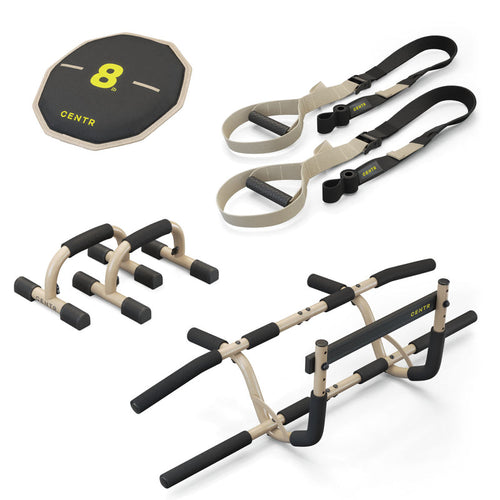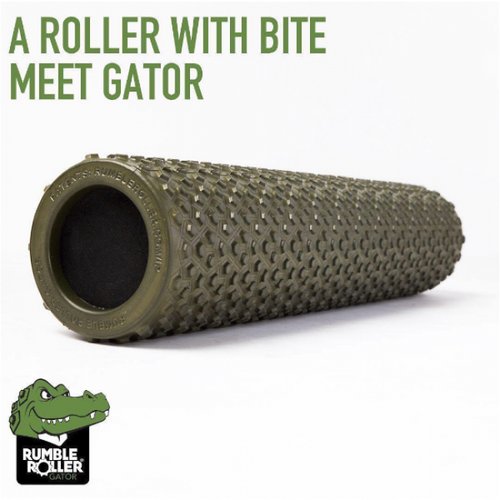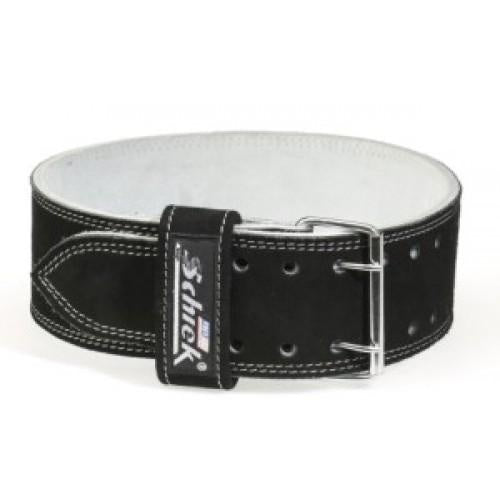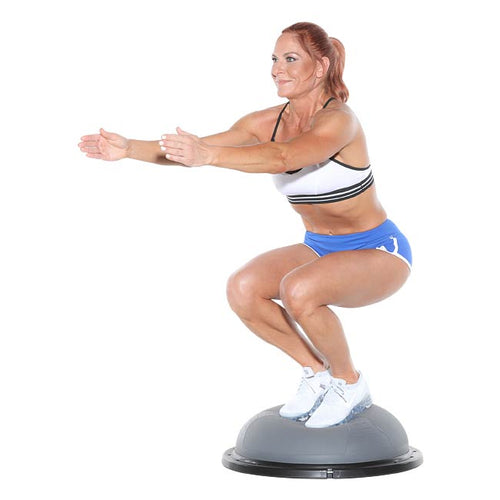Different Types of Rubber Flooring for Gyms

Every gym, whether the one you have at home or the fitness facility you frequent in your neighborhood, takes a beating – particularly the gym floors. When you’re doing cardio exercises or strength training, gym flooring takes a pounding. It experiences forces that are bigger and more intense than what typical floors endure.
But imagine the pounding your body takes too. If you do aerobics or a full-body strength workout in a gym with a floor that has no give, your body will feel it. You’ll put your ankles, knees, and other joints at risk of repetitive motion injuries. A floor with no give is also a hazard to your musculoskeletal system, as fractures and tears can occur more easily when you’re working out on a hard, unforgiving surface.
To protect your body, gym space, equipment, and underlying floor, padding is necessary. What’s on your gym floors is an important consideration, and thankfully, there are great options we want to go over today.
Gym rubber flooring is the preferred type of flooring to add to home gyms and fitness facilities. You’ll be glad to know there isn’t just one type of rubber flooring available. Rubber flooring for gyms comes in different thicknesses, styles, and patterns so that every gym owner can truly personalize their gym space, from floor to ceiling.
Akfit’s Take on Rubber Flooring for Gyms
As one of the premier fitness specialty stores in Canada, Akfit is frequently asked about gym flooring. Our clients want our opinion on the types of rubber flooring currently on the market, which we’re always happy to provide. Now we’re ready to share our insights with a wider audience.
In this article:
- Virgin rubber vs. regular flooring
- Toxic vs. non-toxic
- Sizes, thickness, & patterns
- Interlocking tiles vs. rolls
- Pros & cons of each type
- Buying gym flooring for home use
- Purchasing rubber flooring for commercial gyms
- Reach Out to Akfit Today
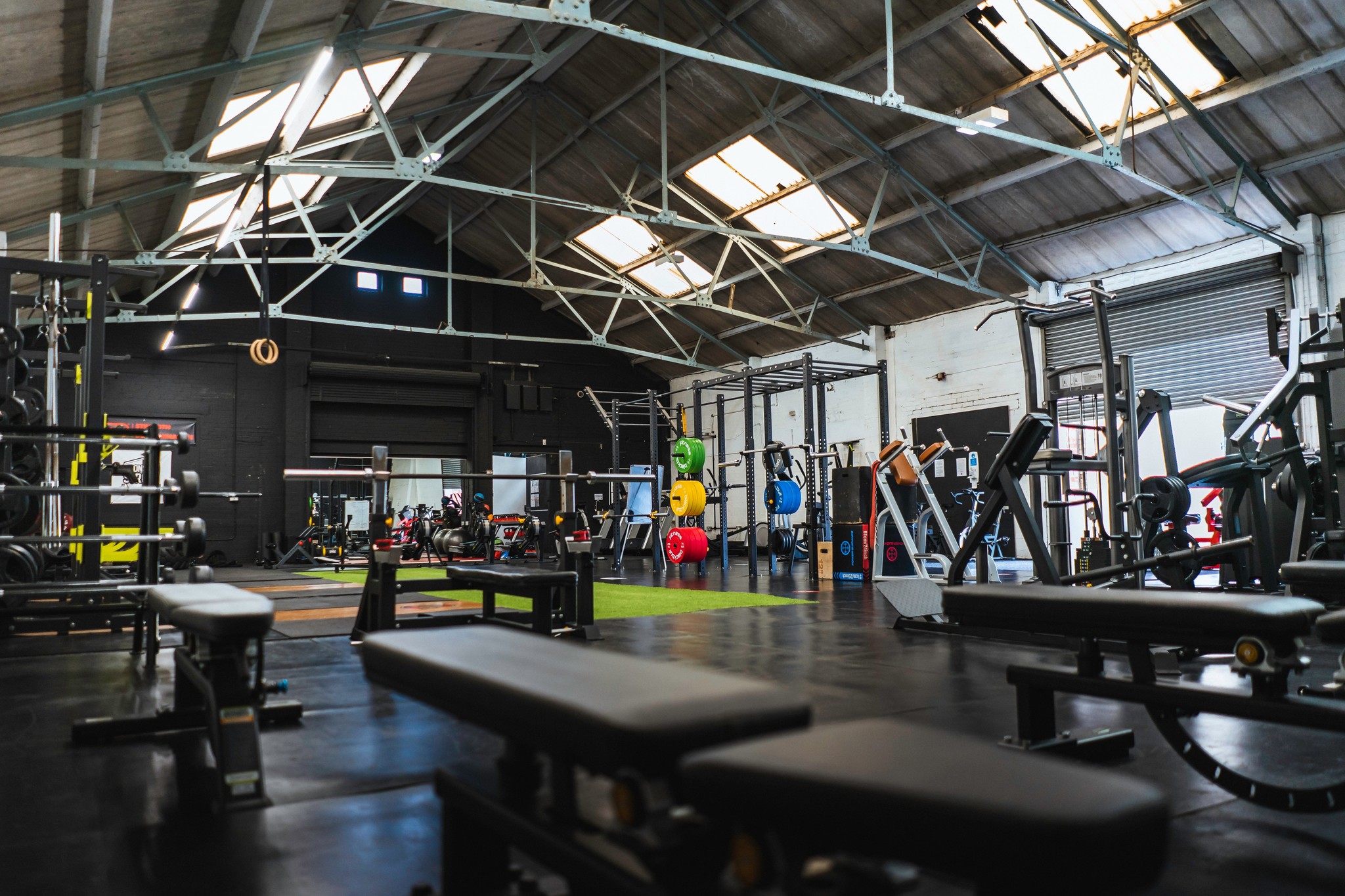
Virgin Rubber vs. Regular Flooring
Regular rubber flooring is made from recycled or vulcanized rubber. Virgin rubber flooring does not make use of recycled materials.
Regular Rubber Flooring
Standard rubber flooring for gyms is typically referred to as recycled or vulcanized. Recycled rubber flooring is the most affordable option..
Vulcanized rubber flooring falls in the mid-price range. These floors are made from post-consumer products, including truck tires, but the process involves treating the material with sulfur at high temperatures to increase strength.
Both recycled and vulcanized options are more environmentally friendly since these floors are made from reclaimed materials.
The process of making recycled flooring involves shredding tires into small pieces, milling these tire bits into small granules, removing steel bits, and cleaning the remaining granules. These are then mixed with a binding agent to create flooring material.
Vulcanized flooring is made from the portions of tires that do not contain wires or belts. These tire pieces are processed into small bits and then mixed with sulfur, latex, and oil. The mixture is heated at high temperatures under extreme pressure to create ultra-strong flooring material. Vulcanized rubber flooring is nonporous and does not require a sealant.
Virgin Rubber Flooring
This type of gym flooring does not use recycled materials. Instead, it’s made from newly produced rubber polymers. Often fire retardants are added for safety. Virgin rubber flooring is typically more expensive than its recycled counterparts.
After the virgin rubber flooring formula is mixed, it’s taken to a steam-heated press and vulcanized for strength. The result is a super-strong, non-porous material that does not need to be sealed.
Many people prefer the aesthetics and durability of virgin rubber gym floors over regular flooring. The strength and resilience are also appealing features, especially for a fitness facility.
Toxic Rubber vs. Non-Toxic
Some of our clients are concerned about toxic rubber materials. They want to know if rubber flooring is toxic to humans or pets. That’s a valid concern.
Natural rubber is made from a plant. You’d think that’s a good thing, and for many people it’s fine, but many others are allergic to natural rubber. To them, this plant-based material is toxic rubber. Synthetic rubber is a better choice.
Making synthetic rubber, however, requires using several toxic chemicals, which makes people wonder whether this option is safe. Toxic rubber is already a hot topic in healthcare settings. What about in gyms?
To be on the safe side, it’s a good idea to go with known non-toxic options, particularly ones that do not emit volatile organic compounds (VOCs) that might trigger asthma, fatigue, headaches, nausea, eye irritation, and other issues in some individuals.
By opting for non-toxic rubber flooring, you’ll create a healthier environment. Rubber flooring with the lowest VOC levels include products made from vulcanized and virgin rubber.
When in doubt about toxicity levels, check with the manufacturer.
Sizes, Thicknesses, & Patterns
Our clients sometimes ask us how thick gym flooring needs to be to absorb impact effectively. That’s an excellent question, particularly considering that flooring can come in thicknesses anywhere between ¼-inch and greater than one inch.
As a rule of thumb, different thicknesses are suitable for the following:
- Quarter Inch (1/4”): Good for protecting your floors from heavy equipment, such as treadmills and ellipticals
- Half Inch (1/2”): Suitable for weight rooms with weights that are up to 100 pounds and for aerobic floor exercises
- One Inch (1”): Ideal for powerlifting and higher-intensity cardio workouts
In addition to considering flooring thickness, think about the matt or tile sizes and the patterns rubber floor elements come in. How much of your floor space do you want or need to cover? What do you want the area to look like?
Rubber flooring elements come in a wide range of sizes, styles, and patterns. Our Akfit specialists can go over options to help you make the right decision for your home or commercial gym.
Interlocking vs. Rolls
Another consideration is whether you want rolls or interlocking gym flooring tiles.
Rubber rolls for gym floors are slip resistant and come in different sizes, letting you pick the size that fits your space. Commercial-grade rolls are available, too.
Interlocking rubber floor tiles also come in different sizes and can be connected to create your desired length and width.
While rolls may offer you ease of installation and the flexibility to easily reconfigure your space as you grow your gym, tiles hold up great to heavy traffic and can be customized to best fit your space.
Rubber Flooring Pros & Cons
We’ve covered a lot of gym flooring so far! It’s time to summarize options in rubber flooring and list the pros and cons.
Standard Rubber Flooring
Pros:
- Made from recycled materials
- Reclamation makes it a better choice for the environment
- A more affordable option
Cons:
- Not as durable
- May have higher levels of toxic rubber
- Not as strong
Virgin Rubber Flooring
Pros:
- A better non-toxic rubber option
- Made to be extra strong
- More appealing aesthetics
- Non-porous, so it doesn’t require sealing
Cons:
- More expensive
- Less environmentally friendly
Under Half-Inch Thickness
Pros:
- Lighter weight for greater installation ease
- Suitable for exercise equipment, such as treadmills and spin bikes
Cons:
- Not ideal for powerlifting or more intense cardio workouts
Over Half-Inch Thickness
Pros:
- Better choice when lifting heavy weights or doing high-intensity cardio
- Improved cushioning to better absorb impact
Cons:
- Thicker material is heavier, making it more challenging to install or move
Interlocking Rubber Tiles
Pros:
- Highly durable, making them suitable for heavy traffic areas
- Let’s you customize your floor space
- Easy to install (no adhesives needed)
- If one tile gets damaged, the rest are still good – you have less to replace
Cons:
- Lengthier installation time in larger spaces
- If water spills, seams can let it seep through to the floor underneath
- Floor may not look as seamless as you might like
Rubber Rolls
Pros:
- Durable and suitable for high-impact exercises
- Quick and easy to install
- Seamless appearance
- Resists water spills
Cons:
- Can be slippery when wet
- More weight when installing (a roll is heavier to move than an individual tile)
- Less configurable than tiles
Purchasing Rubber Flooring for Your Home
If you’re buying rubber gym flooring for your home, there are several points you’ll want to keep in mind. They include:
- Selecting non-toxic, slip-resistant products for your family’s health and safety
- Choosing rubber flooring that fits your home gym space
- Thinking about how easy it’ll be to install your flooring or move it when it’s time to reconfigure your fitness area
- Going with the right thickness depending on the type of strength training and cardio exercises you do the most
One of the great things about working with Akfit when you’re ready to configure, build, and install your home gym elements is that we can deliver and install items for you. Talk to us if this is an option you’re considering for your gym flooring.
Purchasing Rubber Flooring for Your Commercial Facility
Another great thing about working with Akfit is that we regularly assist commercial gyms with their equipment, flooring, and fitness accessory needs. Turn to us for reliable, professional service when you want to build and equip your commercial gym.
If you want rubber flooring for your commercial gym, consider the following factors:
- Choosing durable materials that will hold up over time in high traffic areas
- Using the right type of flooring in different parts of your gym to best absorb impact
- Going with slip-resistant products for everyone’s safety
- Selecting and installing materials that are easy to maintain
Reach Out to Akfit Today
We at Akfit are available to answer your questions and help you equip your home or commercial gym with quality equipment, flooring, accessories, and other fitness products.
Customers choose to work with us because of our knowledge base and our high level of customer service. In addition to providing durable, quality fitness equipment, we’re available to service equipment, install products, offer training workshops, provide in-home training, and more. Contact us today to discover the Akfit difference.

